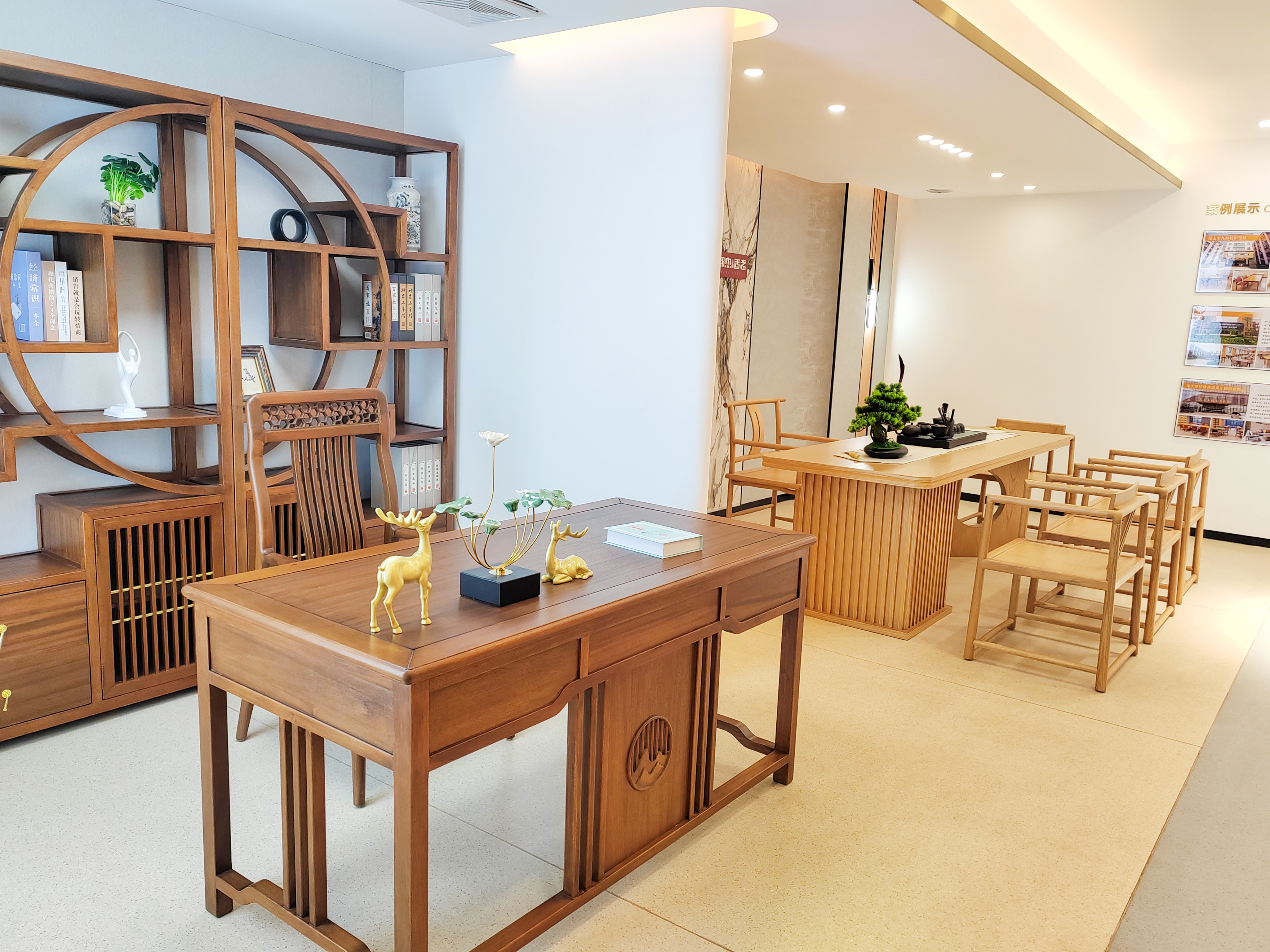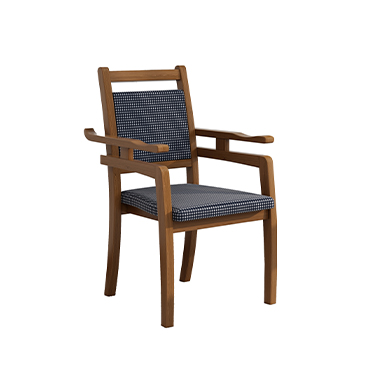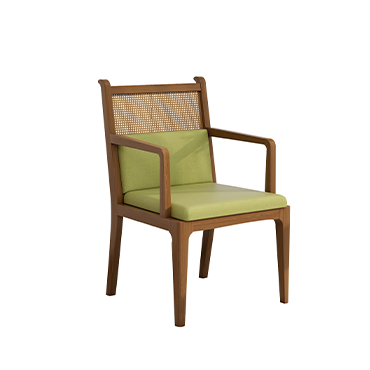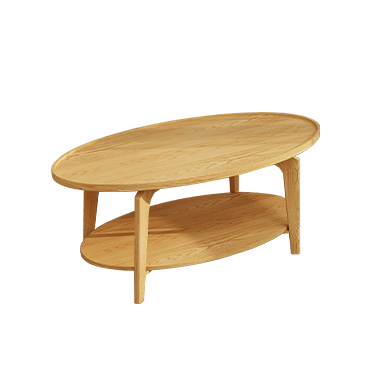Development Trends of Elderly Care Furniture in Germany

With the increasing aging population, Germany's elderly care furniture market is developing rapidly. Known for its meticulous craftsmanship, high-quality design, and environmental awareness, Germany has established a mature system in the field of elderly care furniture. These products not only meet the basic needs of the elderly but also emphasize safety, comfort, and smart technology. Here are the major development trends in Germany’s elderly care furniture industry:
1.Functionality and Ergonomic Design
German elderly care furniture prioritizes ergonomic design to improve the convenience of daily life for seniors. For example:
Height-adjustable chairs and beds help seniors stand up and lie down more easily, reducing the risk of falls.
Electrically assisted sofas and beds provide greater convenience for individuals with mobility issues.
Furniture designed according to DIN 18040 accessibility standards, ensuring wheelchair users have a seamless experience.
2.Integration of Smart Home Technology
Germany is at the forefront of smart home innovation, integrating technology into elderly care furniture. Examples include:
Beds with health-monitoring sensors to track sleep quality and health metrics.
Emergency call functions in smart chairs and beds, allowing seniors to seek help with a single press.
Automatic lighting systems, where bedside lights turn on when a senior gets up at night, preventing falls.
3.Sustainable and Eco-Friendly Materials
German consumers highly value environmental sustainability, leading to the widespread use of eco-friendly materials in elderly care furniture, such as:
FSC-certified wood, ensuring sustainability and responsible sourcing.
Low-VOC (volatile organic compound) paints, reducing chemical pollution and safeguarding senior health.
Recyclable furniture designs, aligning with Germany’s circular economy principles and reducing waste.
4.Modular and Personalized Customization
Germany’s elderly care furniture market provides modular designs, allowing users to adjust furniture based on their needs. Examples include:
Chairs with replaceable cushions and armrests, accommodating different physical conditions.
Expandable storage solutions, offering more convenience to meet daily living needs.
5.Focus on Both Home and Institutional Elderly Care
Germany’s elderly care furniture is widely used not only in homes but also in nursing homes and care facilities, where durability and safety are essential. Examples include:
Antibacterial-coated furniture, reducing bacterial growth, ideal for healthcare environments.
Elderly chairs and mobile beds with brake systems, facilitating easier operation by caregivers and improving safety.
Conclusion
Germany’s elderly care furniture market is driven by government subsidies, elderly care policies, and consumer demand for high-quality living. Its products emphasize functionality, safety, sustainability, and smart technology, providing a more comfortable and convenient living environment for seniors. These trends offer valuable insights for the global elderly care furniture industry.





